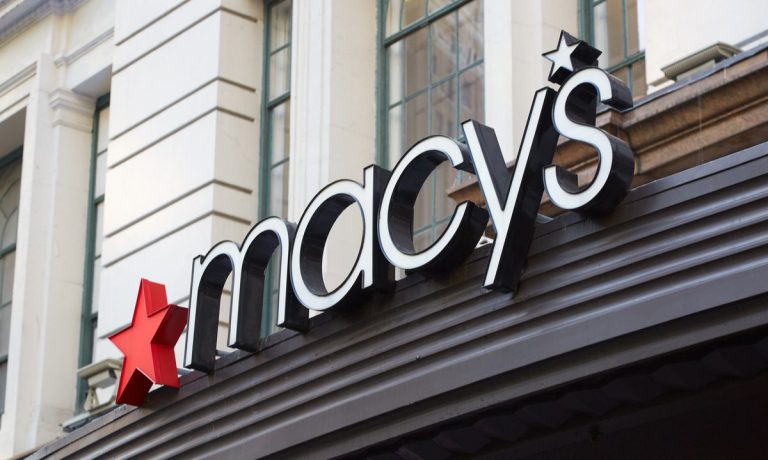
Economic pressures are driving shoppers to scrutinize their discretionary spending more carefully, according to Macy’s, with even high-income customers showing increased selectivity in their purchases of luxury items.
On a call with analysts Tuesday (May 21) discussing the company’s first-quarter 2024 financial results, Macy’s Chairman and CEO Tony Spring noted that, amid wage and job growth, shoppers continue to feel financial pressure, prompting them to “carefully scrutinize their discretionary purchases.” Even high earners are not immune.
“We’re certainly seeing at the high end, the Bloomingdale’s consumer is interested in purchasing, but she’s being very thoughtful in the category she’s purchasing in,” Spring said, specifying that luxury handbag and shoe sales have been softer, but high-income shoppers are springing for advance contemporary products, beauty items and home goods.
He added, “The customer at the lower tier has to make choices based on rent and family obligations. The customer at the higher tier is going to do it based on where … they have interest and passion in something that we are doing. I think that creates the motivation to buy.”
Indeed, many consumers are cautious. The PYMNTS Intelligence report earlier this year, “New Reality Check: The Paycheck-to-Paycheck Report: The Pessimism About Pay Rises Offsets the Effect of Falling Inflation,” found that 83% of consumers express concern about the near-term economic conditions. Plus, the study found, the majority of even high-income consumers (those making more than $100K a year) do not expect their income to increase on par with inflation.
Still, luxury shoppers are showing more resilience than their mass-market counterparts. Macy’s saw a 1.6% year-over-year comparable sales decrease in the quarter, while its luxury subsidiaries, Bloomingdale’s and Bluemercury, saw increases of 0.8% and 4.3%, respectively, in the same period.
In line with Spring’s observations, many shoppers are indeed still splurging on beauty goods. “The Nonessential Spending Deep Dive Edition” of the Paycheck-to-Paycheck Report series found that 70% of retail shoppers buy “nice-to-have” items at least sometimes, as do 78% of those who do not live paycheck to paycheck. The second-most popular such splurge, after apparel, is health and beauty.
“The consumer has no price resistance to what will help them take care of themselves, help them look their best, help them to be able to retain their youth, help recognize the difference in people’s skin types,” Spring said, highlighting a key point of strength for Bluemercury, which sells high-end beauty products.
In a presentation shared with analysts, Macy’s noted digital updates such as improving consumers’ experience online, removing friction on these platforms and growing its third-party marketplace.
The numbers bear out that removing friction from the eCommerce experience can be key to shopper loyalty. The PYMNTS Intelligence report “The Online Features Driving Consumers to Shop With Brands, Retailers or Marketplaces,” which drew from a survey of more than 3,500 U.S. consumers, found that 40% of shoppers consider how easy to navigate a merchant’s online store is when selecting a digital merchant. Additionally, half of consumers consider ease of checkout when making such choices.